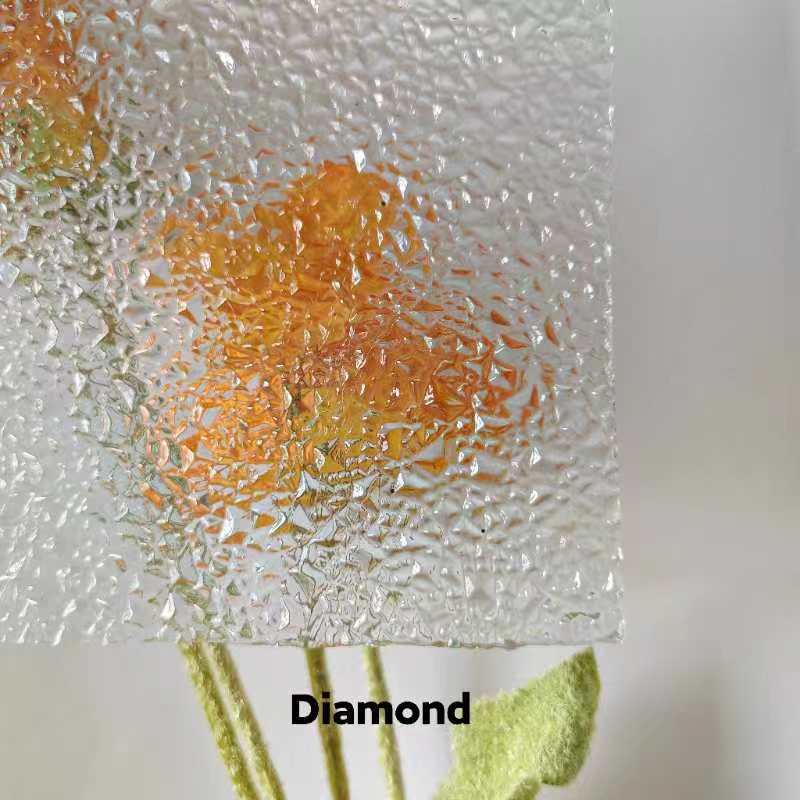

Exploring Mirror Glass Design The Art of Reflection
In modern architecture and interior design, mirror glass has emerged as a trend that not only enhances aesthetic appeal but also serves functional purposes. Its unique ability to reflect surroundings while creating an illusion of space makes it an invaluable material for designers. This article delves into the fascinating world of mirror glass design, exploring its applications, benefits, and creative potential.
The Aesthetic Appeal of Mirror Glass
Mirror glass is not merely a functional item; it is an art form that elevates the visual experience of a space. One of the most compelling aspects of mirror glass is its reflective quality, which allows it to interact dynamically with light. When natural light enters a room, mirror surfaces respond by amplifying illumination and creating a vibrant atmosphere. In this way, mirror glass can transform a dull space into a bright and inviting area.
In contemporary settings, designers often utilize oversized mirror panels as statement pieces. These expansive surfaces dominate walls, providing a dramatic focal point that draws the eye. Whether in a modern loft, a chic boutique, or a luxurious hotel lobby, large mirror installations create a sense of grandeur. Additionally, they can visually expand smaller spaces, making them feel more open and airy—a boon for urban apartments where space is often at a premium.
Functional Benefits
Beyond aesthetics, mirror glass also serves practical functions in design. It can be used to enhance visibility and connectivity within a space. For instance, strategically placed mirrors can reflect important visual cues, guiding people through an area—be it in commercial spaces, galleries, or homes. They can also play a crucial role in safety; mirrors are often installed in narrow corridors or around corners to prevent accidents.
Moreover, mirror glass can be employed to manipulate the flow of energy in a space. According to Feng Shui principles, mirrors can help redirect energy, or chi, creating a more harmonious environment. By reflecting and dispersing positive energy, mirror glass can contribute to the overall well-being of the occupants.

Innovative Applications
Reflective surfaces are not confined to walls alone. Designers are increasingly integrating mirror glass into furniture and decorative elements. Dining tables with reflective surfaces, for example, can create a sense of depth and sophistication, while mirrored cabinets add a touch of glamour to storage solutions. This versatility allows creators to push the boundaries of traditional design, encouraging innovative approaches that blend functionality with visual flair.
In recent years, we’ve also seen a rise in using smart mirror technology, which incorporates digital displays within mirror surfaces. These innovative designs enable users to access information such as news, weather updates, and even control smart home devices—all while looking into the mirror. This convergence of technology and design exemplifies the potential of mirror glass to remain at the cutting edge of modern interiors.
Challenges and Considerations
While mirror glass offers numerous benefits, it also presents challenges. One primary concern is maintenance; reflective surfaces can be prone to fingerprints, smudges, and dust, necessitating regular cleaning to maintain their pristine appearance. Furthermore, sensitive to surroundings, mirror glass can magnify the flaws in neighboring decor. As such, thoughtful planning is essential to create a cohesive and harmonious design.
Additionally, the choice of location and lighting is crucial when incorporating mirror glass. Proper placement ensures that reflections enhance rather than distract from the intended design elements. An adept designer will consider the overall color palette, lighting scheme, and room layout to fully exploit the transformative nature of mirror glass.
Conclusion
In summary, mirror glass design is an exciting and evolving field that encapsulates the interplay of light, space, and innovation. From enhancing aesthetic value to offering practical solutions, the versatility of mirror glass continues to inspire designers across various disciplines. As we move forward, it will be intriguing to see how this reflective material shapes the future of architecture and interior design, creating environments that are not only beautiful but also multifunctional. Whether through traditional designs or cutting-edge technology, mirror glass is sure to remain a cornerstone in the art of reflection.